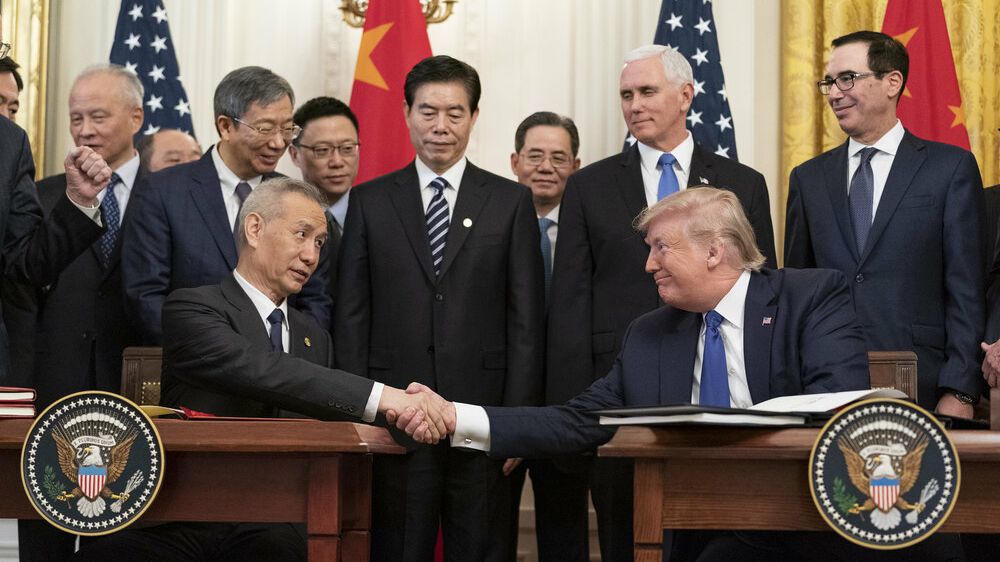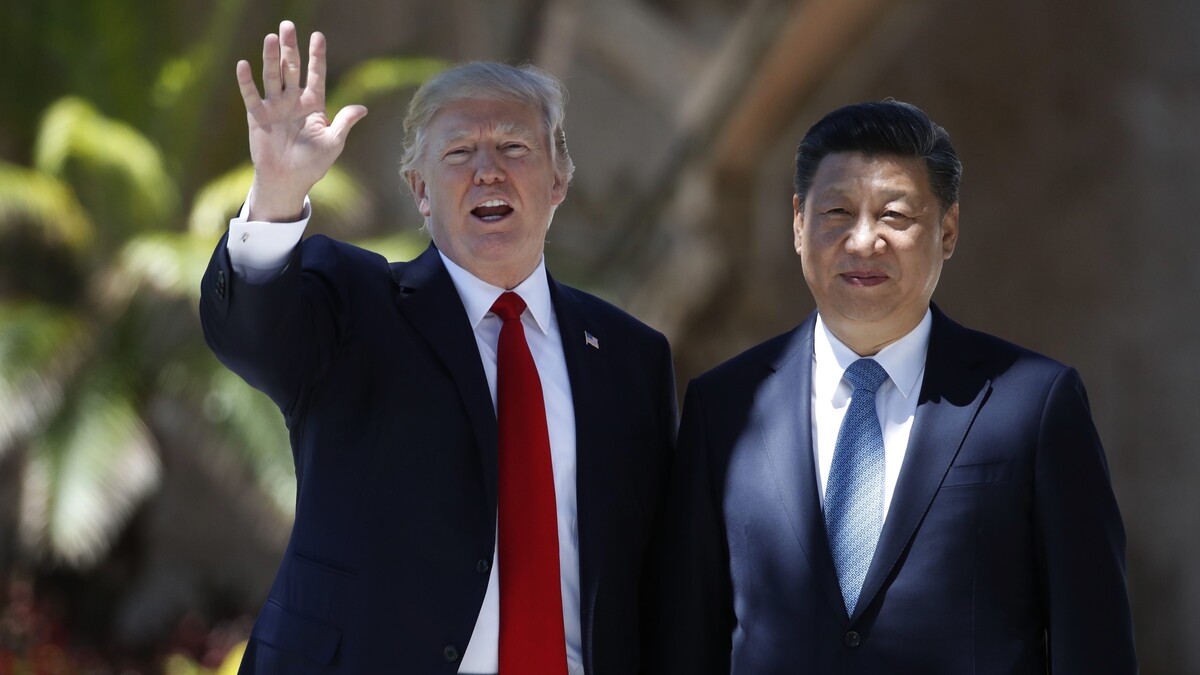The Phase One deal is an extremely modest step
Under the provisions of the Phase One trade agreement just signed in Washington, China has pledged to make $200 billion in purchases of US products, along with commitments in addressing intellectual property and currency concerns and improved market access in key sectors such as financial services. The US will cancel tariffs that had been scheduled to go into effect on December 15 and will cut in half a previous round of 15 percent tariffs on $120 billion in trade.
The agreement is a positive step, but an extremely modest one, which will defer the most important — and difficult — issues to subsequent negotiations. Unless and until those more difficult issues (such as industrial policies and subsidies) are meaningfully addressed, the trade war might simmer down, but it will not be resolved.
There are also legitimate questions about whether the terms of the Phase One agreement will be fully implemented. For instance, the US has stressed the large dollar value of purchases of US products that China has agreed to make, while China has instead stressed that the purchases need to be in line with market conditions and WTO obligations. Expect a few rough spots (and possible use of the agreement’s dispute settlement mechanism) when the time comes to reconcile these two not-entirely-aligned perspectives.
But let’s give credit where credit is due. US and Chinese negotiators have successfully hammered out an interim agreement which forestalls a further escalation, makes some progress on at least a few issues and establishes a degree of confidence and goodwill between the two governments.
Looking forward, the immediate question is whether the more difficult Phase Two discussions will be earnestly engaged right away. President Trump has announced that he will be traveling to Beijing “at a later date” to kick-off phase two, but China has been considerably more circumspect about the status of the next round of negotiations. With US Presidential politics heating up, we can’t rule out the possibility that one or both countries will opt to “slow walk” the negotiating process until after the political dust settles.
New developments, positive atmospherics
There’s also been a couple of interesting new developments to take note of: The US and China announced last week the resumption of twice yearly talks on trade and economic issues. In one form or another, these talks were an ongoing feature of both the Bush and Obama Administrations.
The previous rounds of consultations ultimately came to be seen by many trade hawks in Washington as emblematic of everything that was wrong with the US approach to China: endless talks and consultations which yielded plenty of assurances from China but few if any concrete actions. The Trump Administration promptly dropped these talks and opted instead for a more confrontational approach of punitive tariffs aimed at pushing China to take remedial actions which previous rounds of consultation had failed to produce. In essence, the Trump Administration approach was a renunciation of the consultation-oriented approach of its predecessors.
It’s unclear thus far how to interpret this reversion to the previous way of doing business. Is it a way to slow-track talks on tough issues while creating the appearance of activity? Or is there reason to believe that things have sufficiently changed and that a reinvigorated framework for consultation will yield concrete results that previous attempts failed at?
Views from the private sector
The agreement will also come as welcome news to those companies that stand to fill the increased purchase orders coming from China or would have been hit by a new round of border taxes.
But perhaps the real damage of the trade war has been its impact on business and investment confidence and the toll it has taken on the sense of stability and reliability in the US-China economic partnership. From this point of view – for at least some companies — the Phase One agreement will be seen as too little too late.
The level of volatility during these negotiations has been whiplash-inducing. We’ve veered from crisis, to peace, and back to crisis sometimes in the space of a week. Businesses struggle to operate under those conditions, and many have concluded there is simply too much risk and uncertainty baked into the relationship.
For companies seeking to reduce exposure, this will mean shifting relationships to partners and companies in third countries, in those cases where viable alternatives exist. While in some cases, this process predated the trade war, the trade war has pushed things into overdrive. Apple, for example, is working with its suppliers in China to move up to 30 percent of their production out of China and HP has similar plans to move 20-30 percent of its notebook production out of China as well. There is nothing in the Phase One agreement (including the rollback on tariffs) that is likely to make Apple, HP, or other companies in a similar boat, rethink their course. Chinese technology companies are likewise unlikely to feel any more secure about their access to US chips and will continue to look urgently for alternative non-US suppliers.
These companies are in effect making the judgment that there will be no return to the ante-bellum status quo and no restoration of the previous trade and investment relationship. While a full scale, across-the-board economic decoupling between these two countries is neither possible nor desirable, a process of partial dis-integration has been underway for more than a year and will continue.
Given how long and hard it was to reach a modest Phase One agreement, prospects for the success of Phase Two – which will tackle considerably tougher issues – is dubious at best. Companies on both sides will continue to be leery about the tumultuous trade environment and skeptical about the ability of these phased negotiations to deliver an enduring trade war “peace”. Many will instead hedge their bets by attempting to insulate themselves from further disruption and uncertainty. It is unlikely therefore that the process of partial economic dis-integration will abate anytime soon. Phase One was a modest positive step and should be welcomed as such. It will not however fundamentally alter the overall trajectory of the US-China economic relationship.
© The Hinrich Foundation. See our website Terms and conditions for our copyright and reprint policy. All statements of fact and the views, conclusions and recommendations expressed in this publication are the sole responsibility of the author(s).







